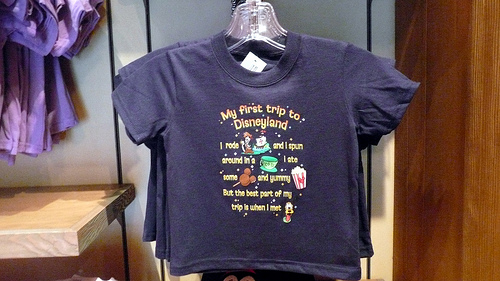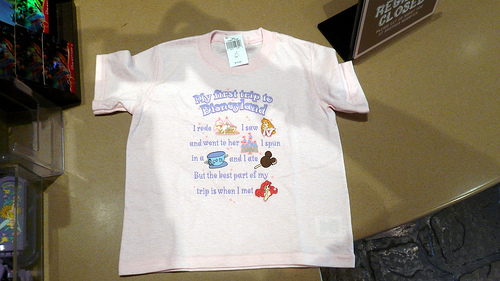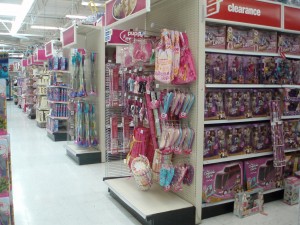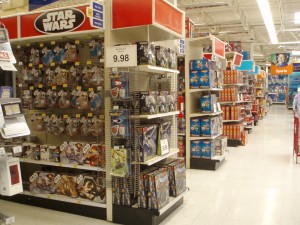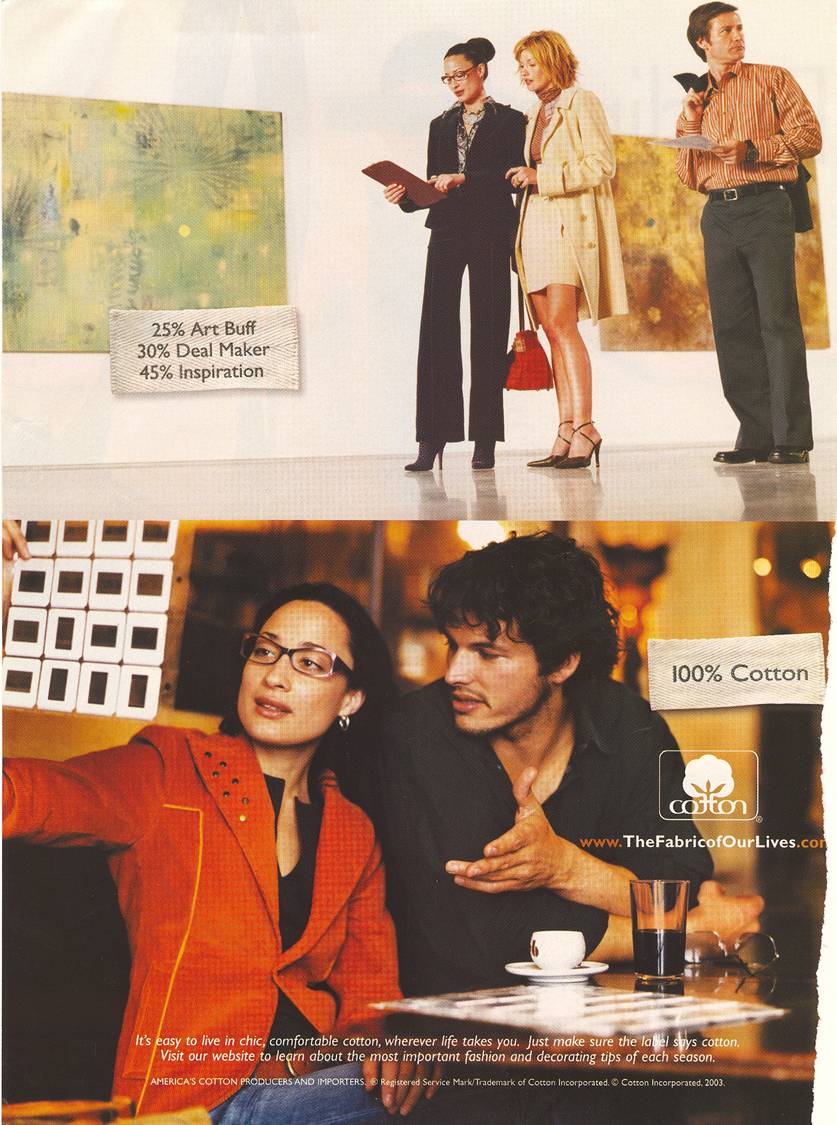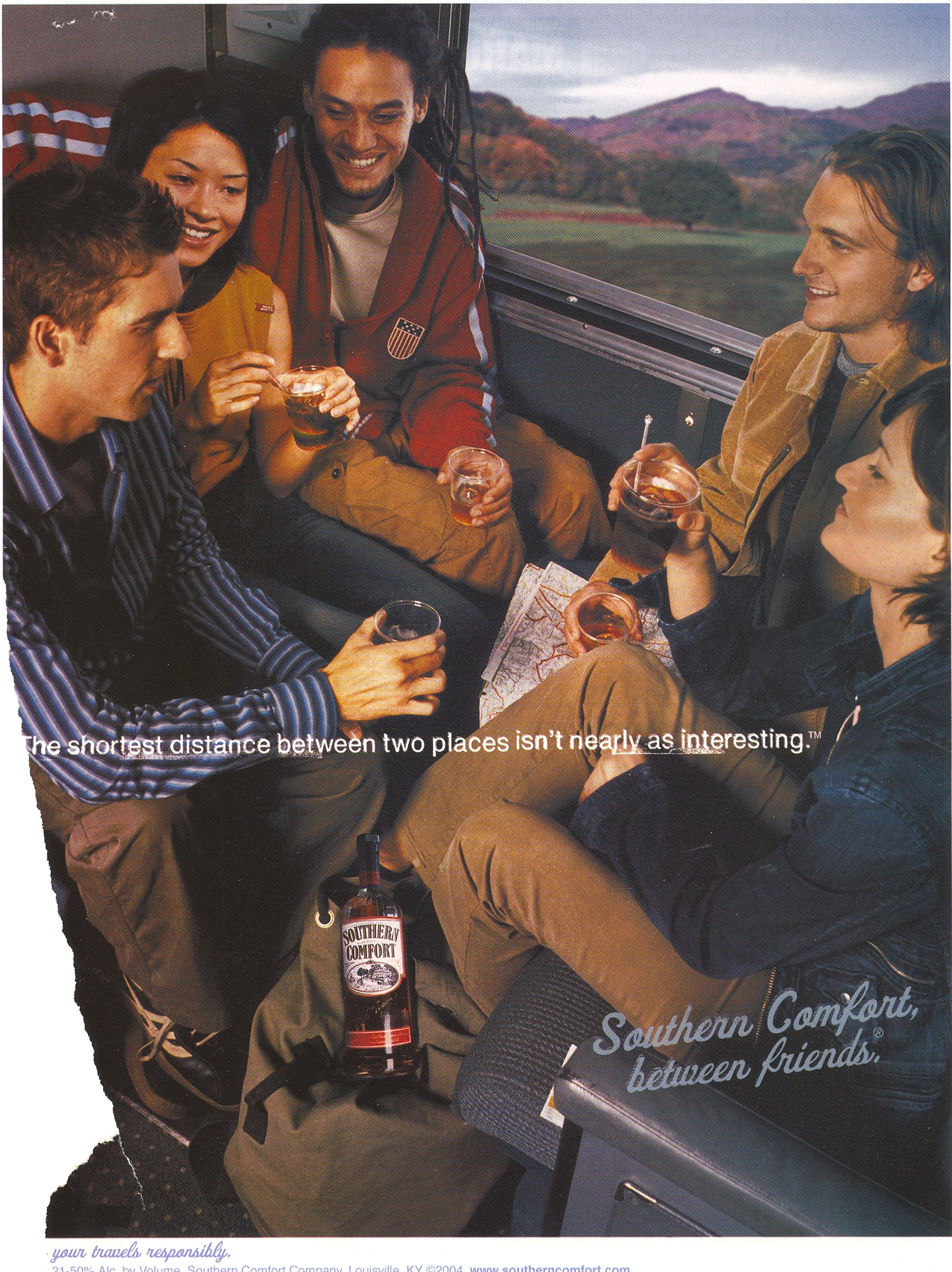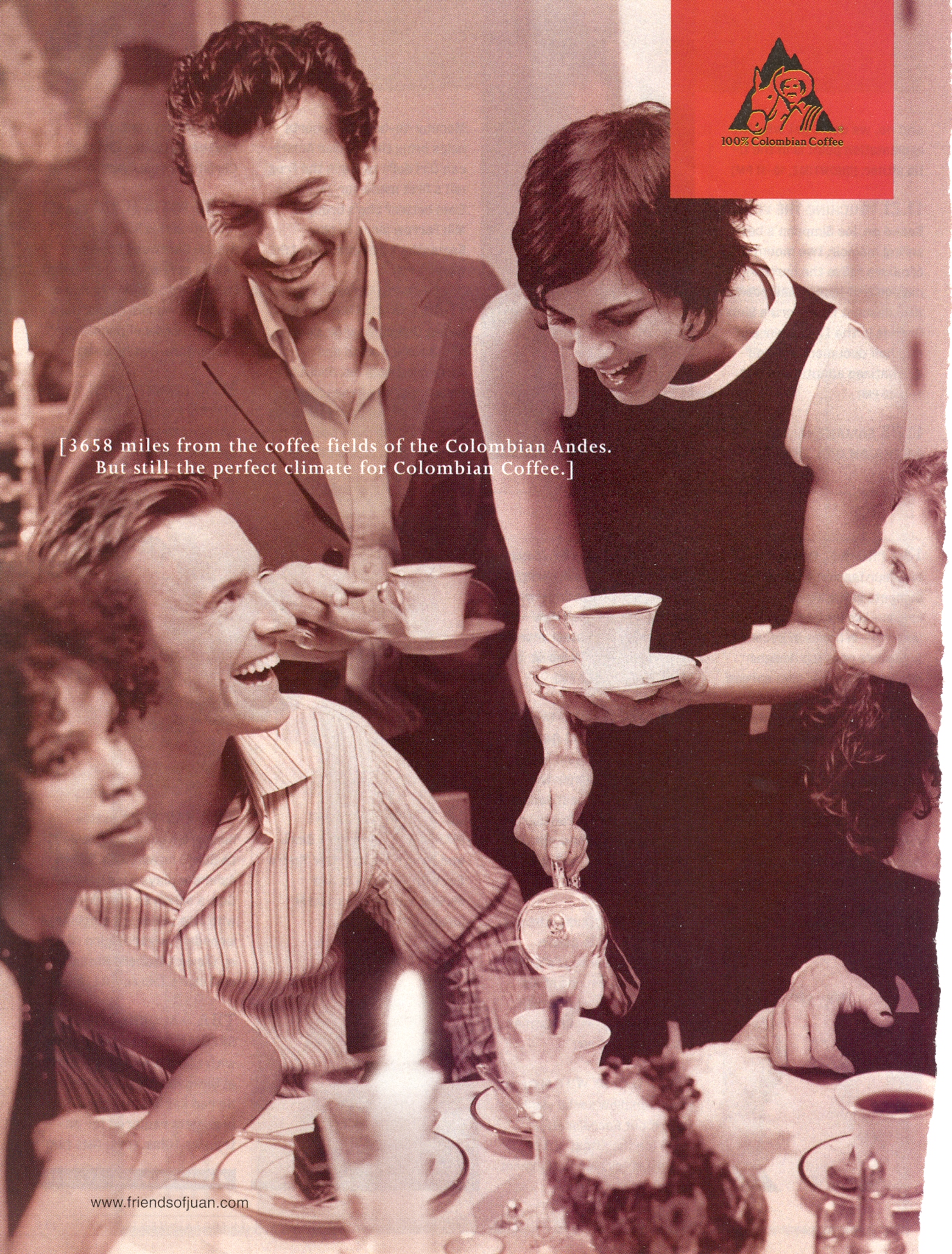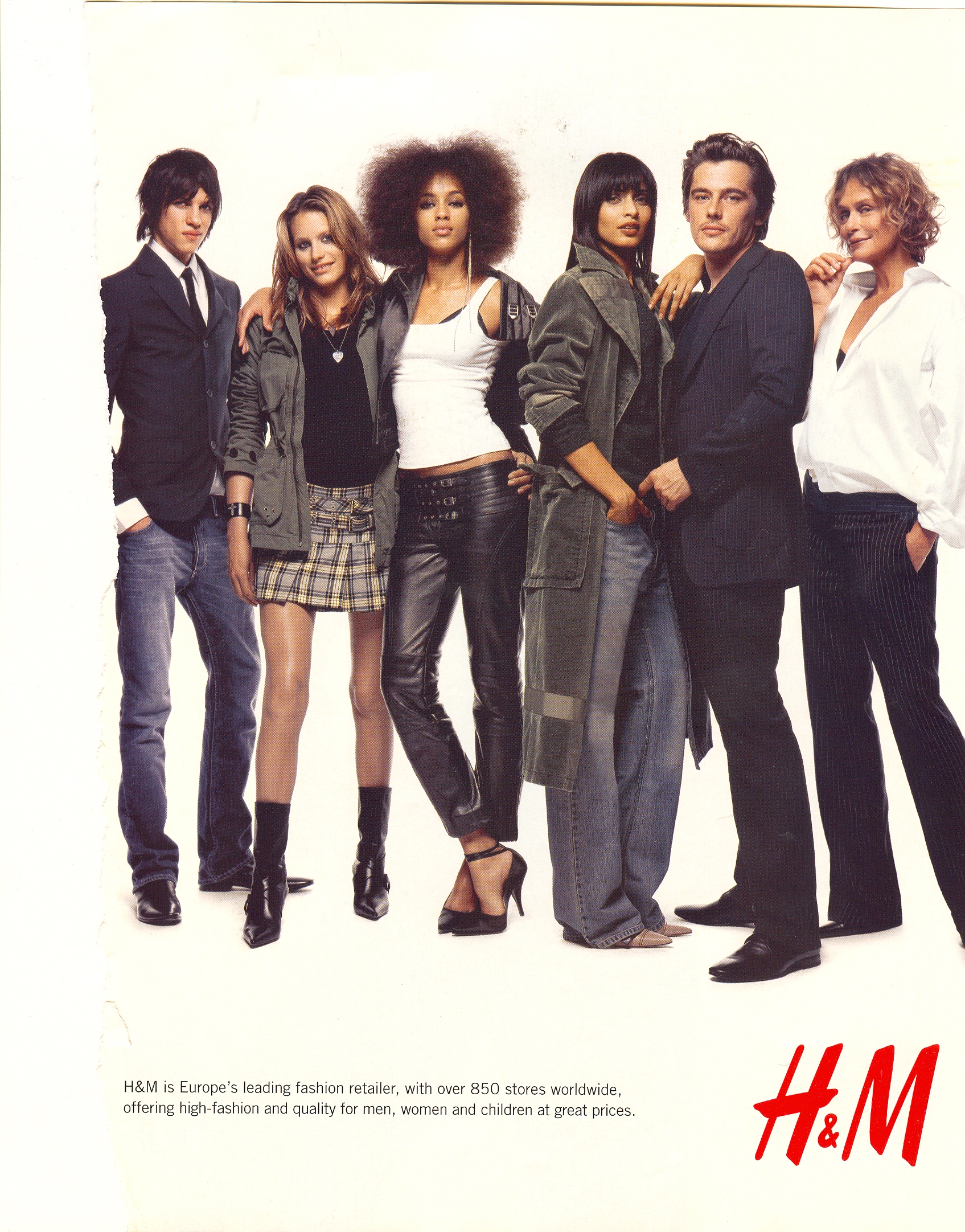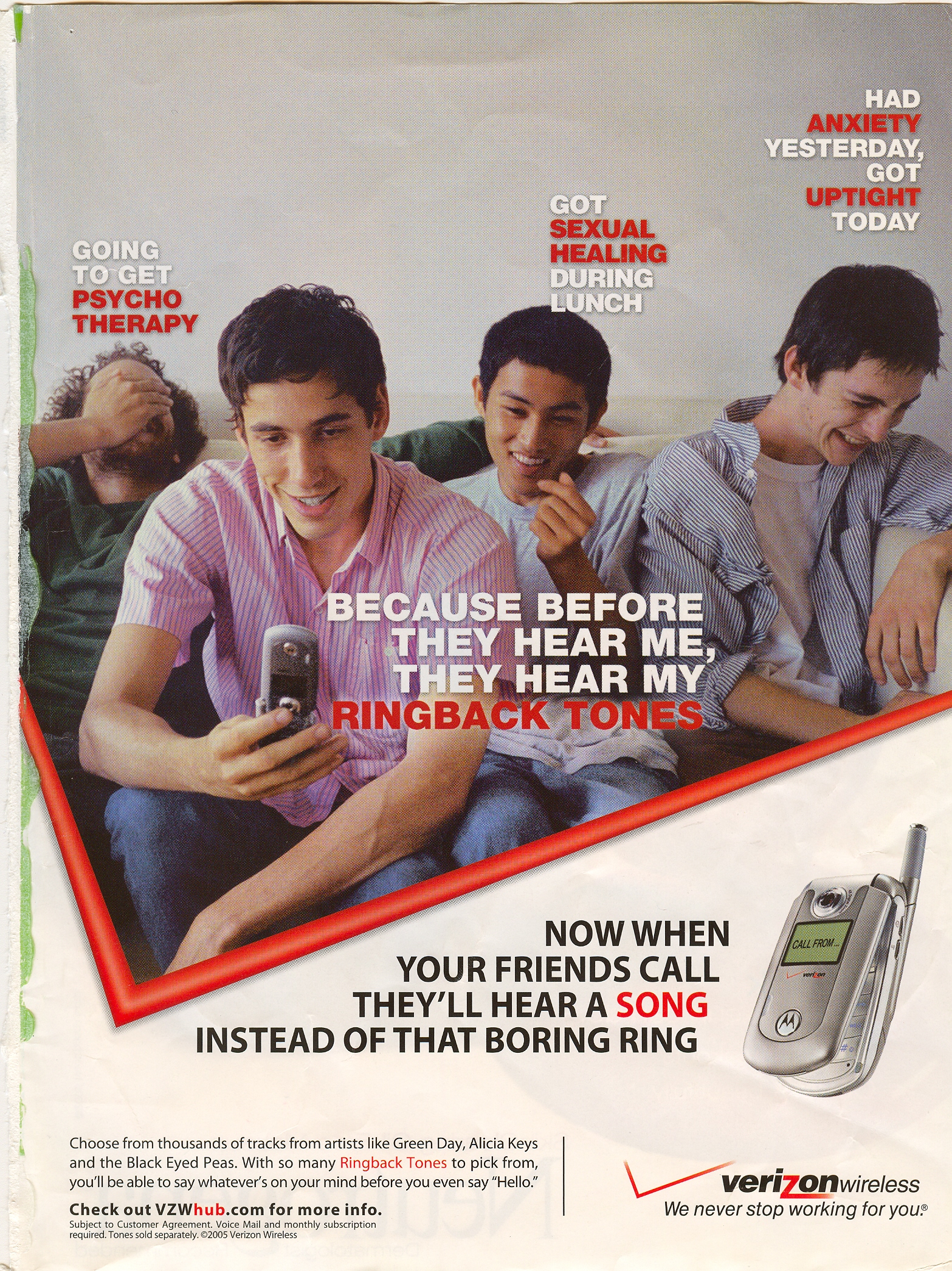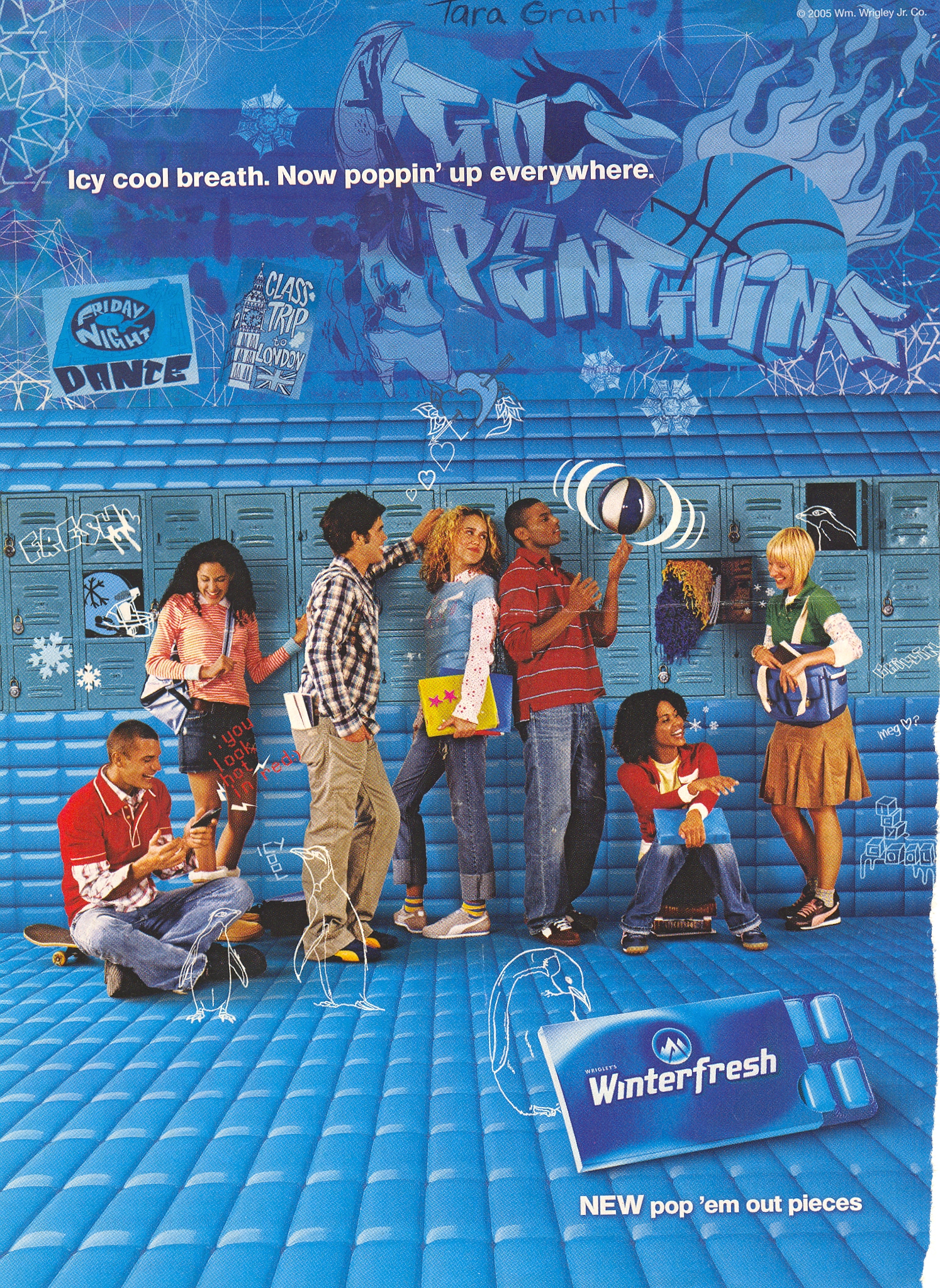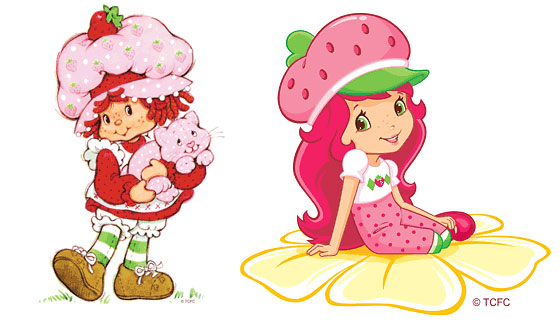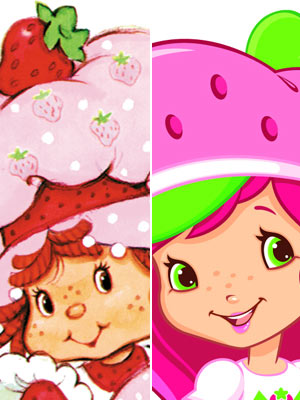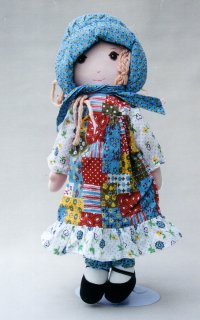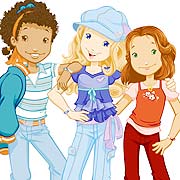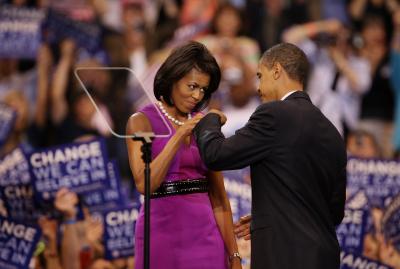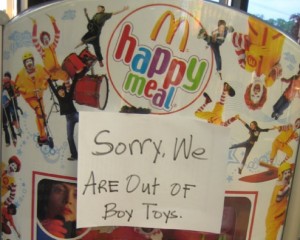Cory D. sent us these pictures of gendered T-shirts for kids at Disneyland (see them here).
T-shirt text: “I rode [the Pirates of the Caribbean ride] and I spun around in a [teacup]. I ate some [ice cream] and yummy [popcorn]. But the best part of my trip is when I met [Goofy, er Pluto].”
T-shirt text: “I rode [the Carousel]. I saw [Cinderella] and went to her [castle]. I spun in a [teacup] and I ate [ice cream]. But the best part of my trip is when I met [The Little Mermaid].”

